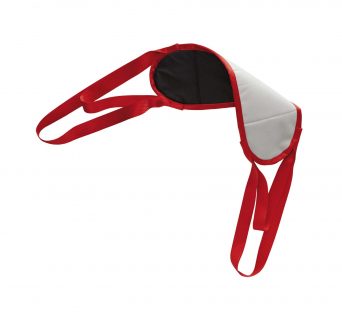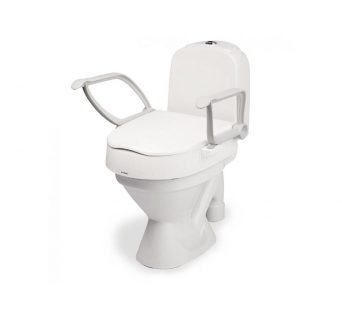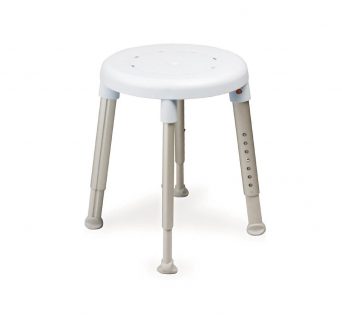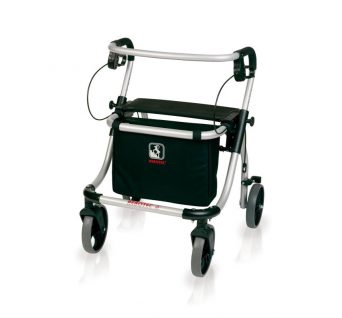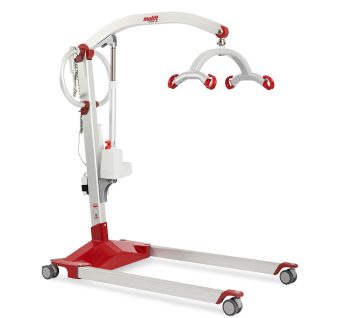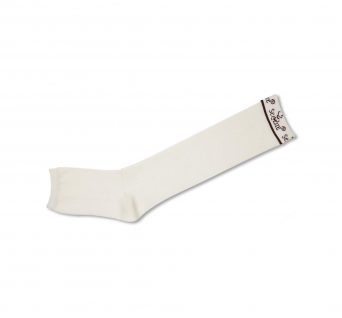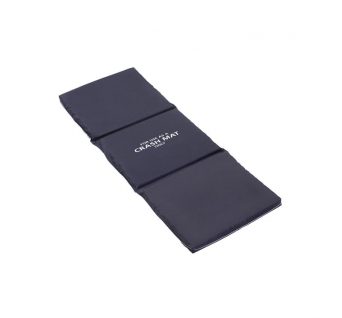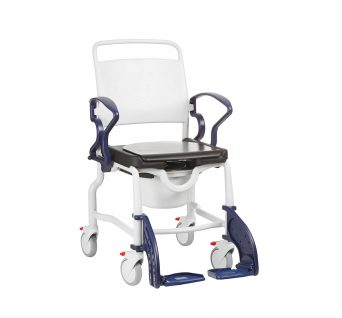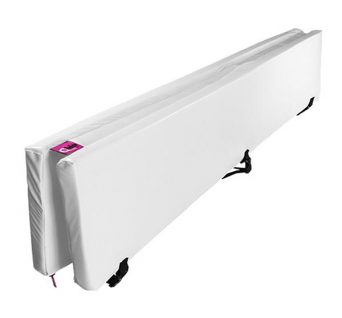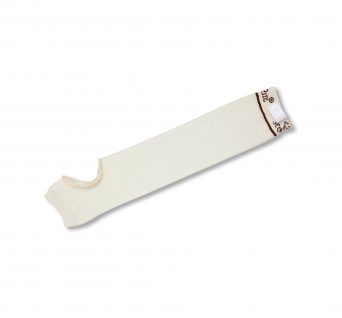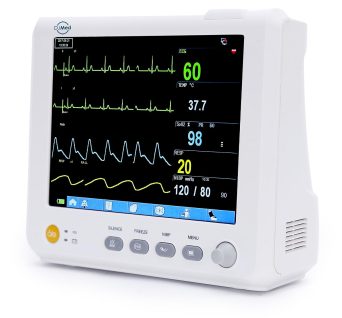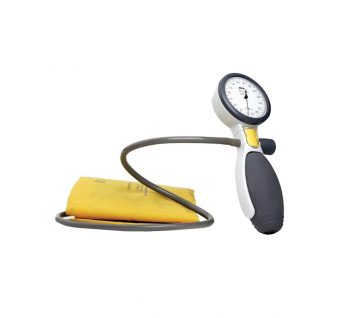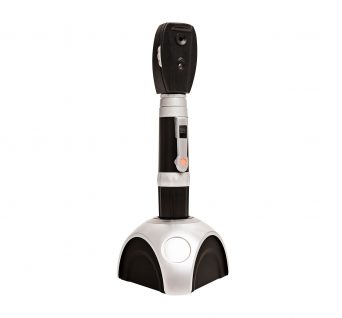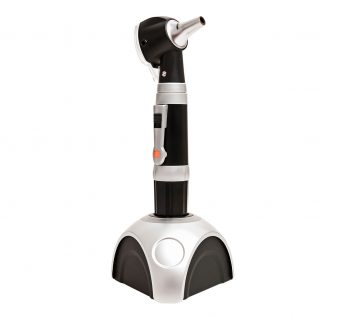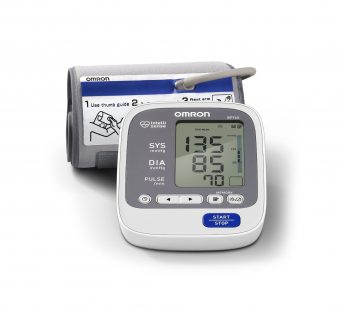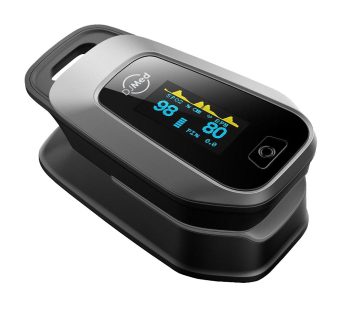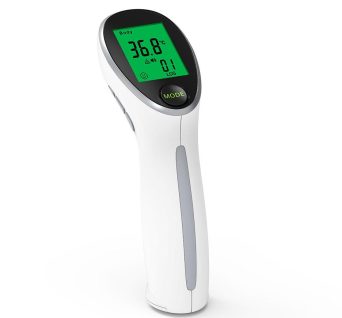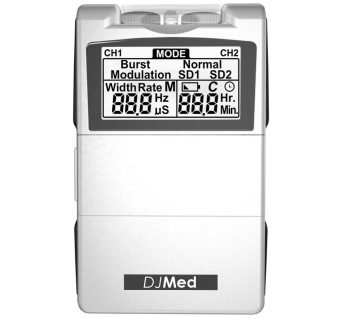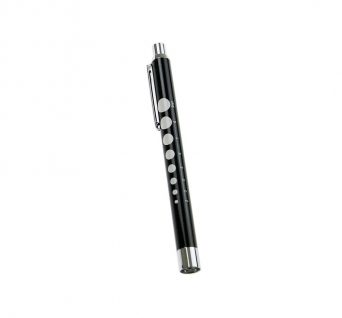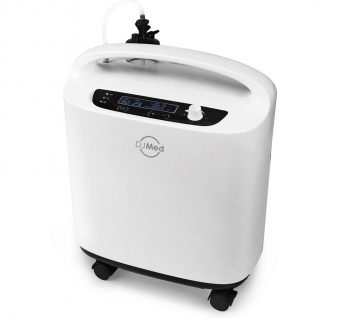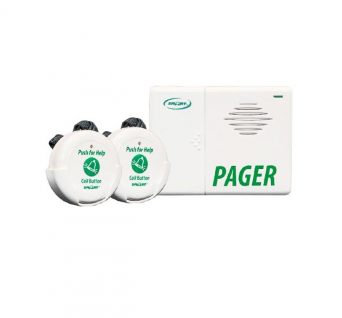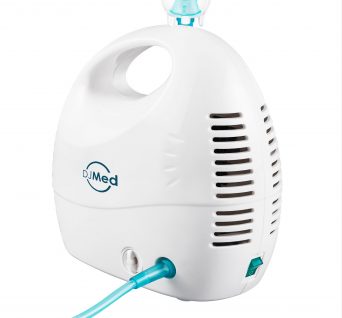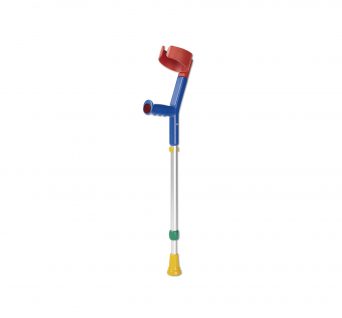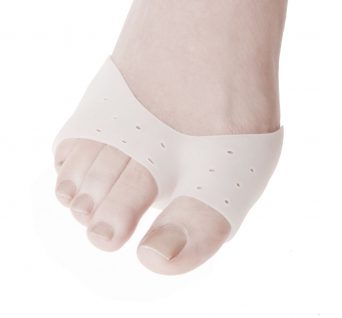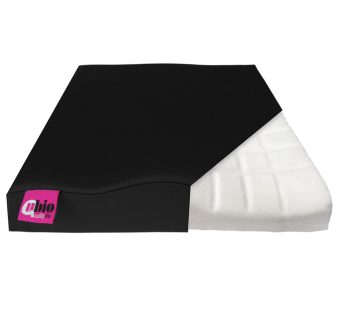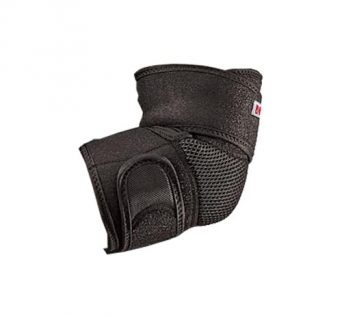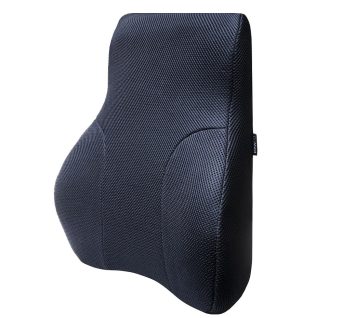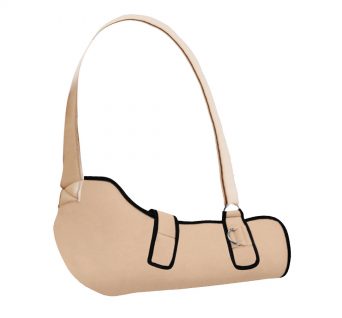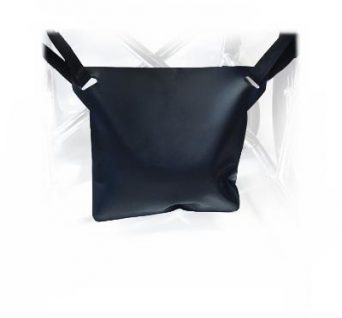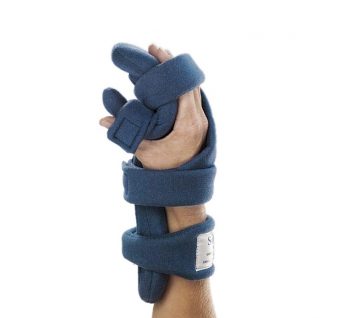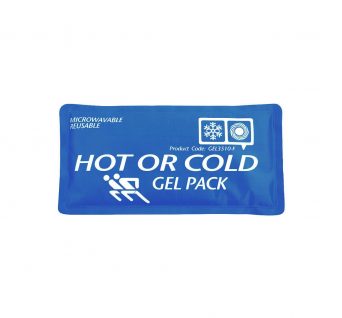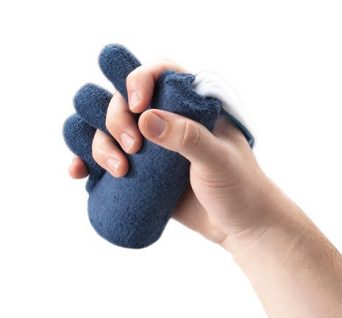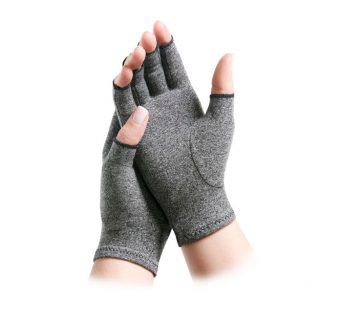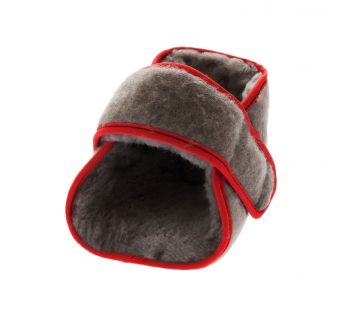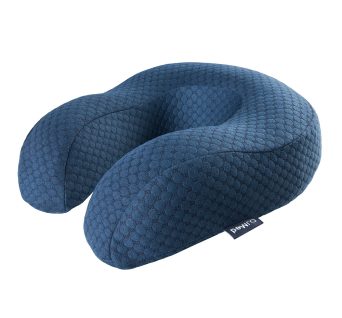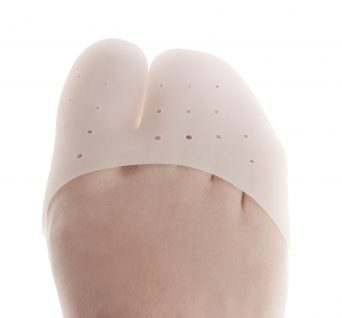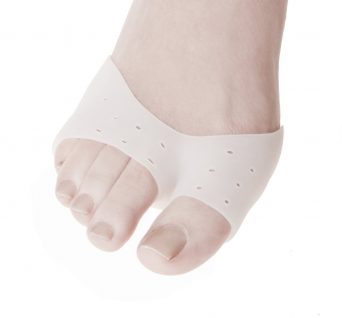No products in the cart.
Metatarsal Pads & Metatarsal Cushions
Showing all 3 resultsSorted by popularity
Metatarsal Pads & Metatarsal Cushions
Different types of forefoot pain can be treated using Metatarsal Pads. Adhesive-backed Felt Metatarsal Pads relief ball-of-foot pain, metatarsal pain, numbness, forefoot calluses, Morton’s neuroma and sesamoiditis, burning and tingling associated with Metatarsalgia. Inflammation of the ligaments and joints or the wearing down of the fatty pad at the bottom of the foot can cause pain in the area behind the toes.
We recommend a Gel Metatarsal Pad that will provide cushioning, offload pressure and reduce friction in the metatarsal area to prevent pain from occurring at the front of the foot. The Metatarsal Pad is twofold layered and can be cut down into sizes depending on how big the foot is and has a loop that anchors the pad to the toe and the front of the foot. When extra protection is required during exercise, hiking, and walking, it’s an excellent product to be used daily.
Orthotics can be an essential part of treatment for Metatarsalgia. The benefits of orthotics such as metatarsal pads and bars for Metatarsalgia arise from conditions like lesser metatarsophalangeal joint instability. Pressure mapping is beneficial in evaluating pre- and post-orthotic efficacy and is one of the methods of assessing pressure on the metatarsal head region. In addition, the clinician can leave the anterior edge of the full orthotic thickness as opposed to thinning it out at the distal edge or one can raise the metatarsal heads by using a metatarsal bar as this will serves as an internal metatarsal bar and help transfer weight proximally.
A Closer Look At Conditions Related To Metatarsalgia
Metatarsalgia is also caused by early heel-off because of the longer duration of weight bearing and increases the pressure on the metatarsal heads. Evaluate for early heel-off is an excellent way of reducing some of the metatarsal pressure when combining with orthotics.
One of the prevalent causes of Metatarsalgia is Morton’s neuroma. Numbness, pain, and tingling are the most common complaint. The sensation of a wadded up sock and the feeling of stepping on a stone are what most patients complain about. Conservative treatment options consist of orthotics with a metatarsal pad or bar, shoes with wide toe boxes, non-steroidal anti-inflammatory (NSAID) medications, sclerosing alcohol injections, and steroid injections.
Can Metatarsal Pads Be Effective?
The mainstay in treating neuromas with orthotics is the addition of metatarsal pads. In the case of neuromas, the purpose of metatarsal pads is to separate the metatarsal heads, but the primary goal is to transfer the weight proximally to the metatarsal shafts. Metatarsal pads support the treatment of neuromas because it increases the width of the forefoot.
Metatarsal pads come in different sizes and shapes, and it’s universally accepted that one should not place the metatarsal pad under the metatarsal head. The second, third and fourth metatarsal heads should support the width of the pad and avoid the first and fifth metatarsal heads.
Placing the metatarsal pad is essential. Do you extend distally to the plantar plate or you put it at the leading edge of the orthotic plate? One should just distal to the distal edge of the orthotic and place the pad proximal to the metatarsal head, the most pressure on metatarsal heads is reduced with small, felt metatarsal pads. The relief may be impacted by the material, shape, and size of the metatarsal pads.
Orthotics is a vital component in treating Metatarsalgia and podiatrists should be well versed in these accommodations. Do not be afraid to use your orthotic lab for recommendations if you are unsure of what to use. With the decreased emphasis on biomechanics in the podiatry arena, your clients will be rewarded.
Metatarsal Pad Benefits
Metatarsal pads are used to help promote the return of overextended toes to their normal anatomical position, spread the transverse arch, properly realign the fat pad and the metatarsal heads that’s underneath them and encourage the return of the forefoot fat pad to a place that supports the metatarsal heads. Metatarsal pads can help realign and straighten the toes, especially when metatarsal pads are used in alongside a toe-spacing product.
Effects Of Conventional Footwear
The foot is negatively affected over time by the conventional footwear features of heel elevation, toe taper, and toe spring. The feet become shaped like shoes after many years of weight-bearing activity in shoes. He toes tapered toward the foot’s midline and became chronically overextended. The extensors, at the top of the foot, become too tight while the muscles under the flexors and the foot become expansively stretches and weakens. In turn, the forefoot fat pad becomes displaced too far forward, and the bones and nerves in this area are then relatively unpadded. This altered foot configuration can lead to neuromas, sesamoiditis, plantar fasciosis, and plantar fasciosis.
Re configuring The Foot & Toes
Metatarsal pads can help undo muscle imbalances in the foot when accurately placed within a completely flat shoe with enough wide toe box. With splayed toes, splayed metatarsal heads, a nerve in the ball of the foot and a fat pad located underneath the fragile bones, metatarsal pads will help reconfigure the foot to the position that nature intended. Lower extremity and many foot problems can be reversed or prevented or by restoring your natural foot function and anatomy.
Proper Metatarsal Pad Placement
Correctly placing metatarsal pads in shoes is very important. Improper placement of pads is uncomfortable and could worsen foot conditions. Metatarsal pads recommended being used in shoes that are entirely flat and wide at the ends of the toes.
